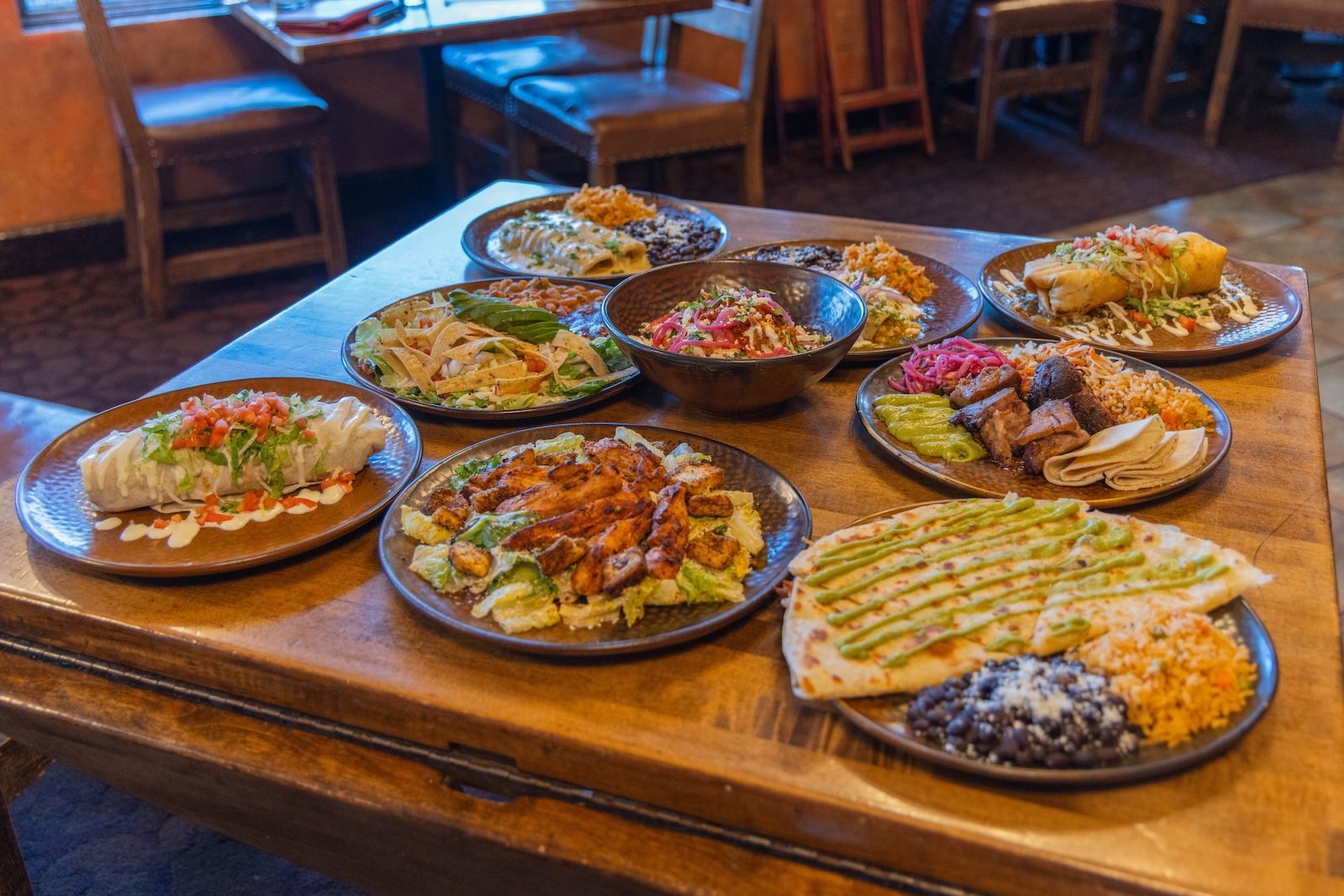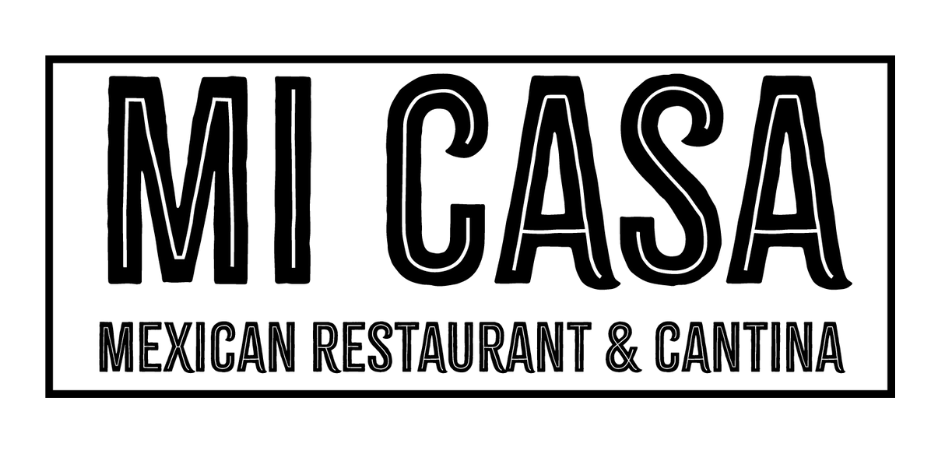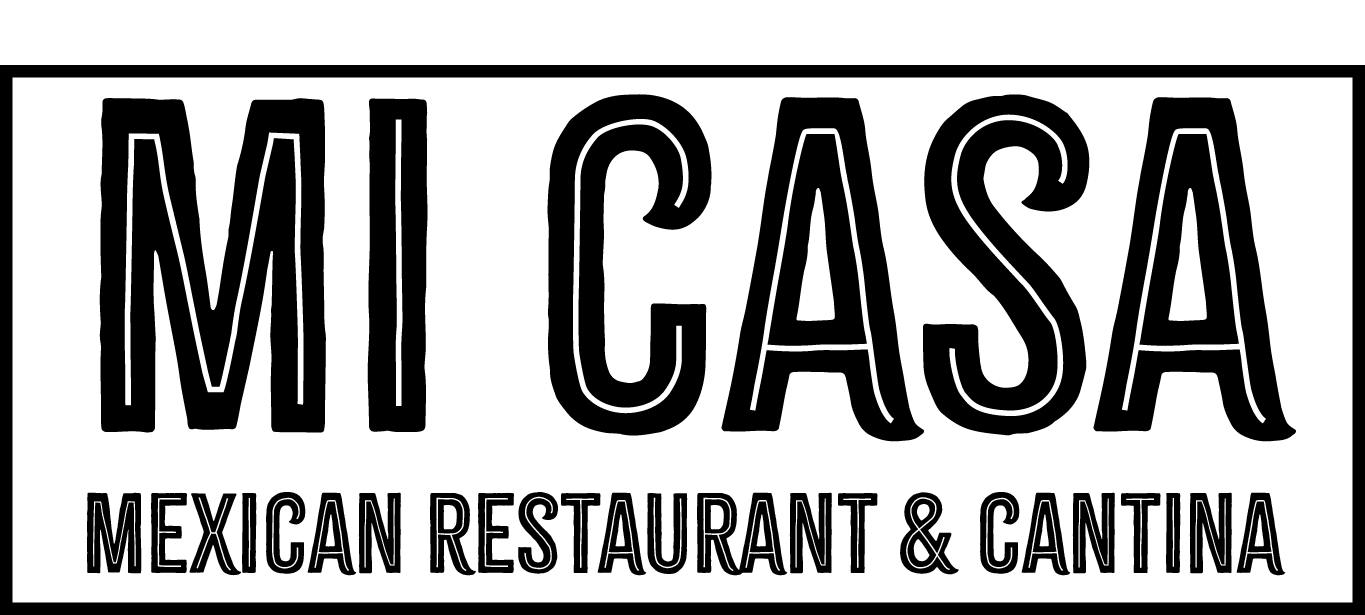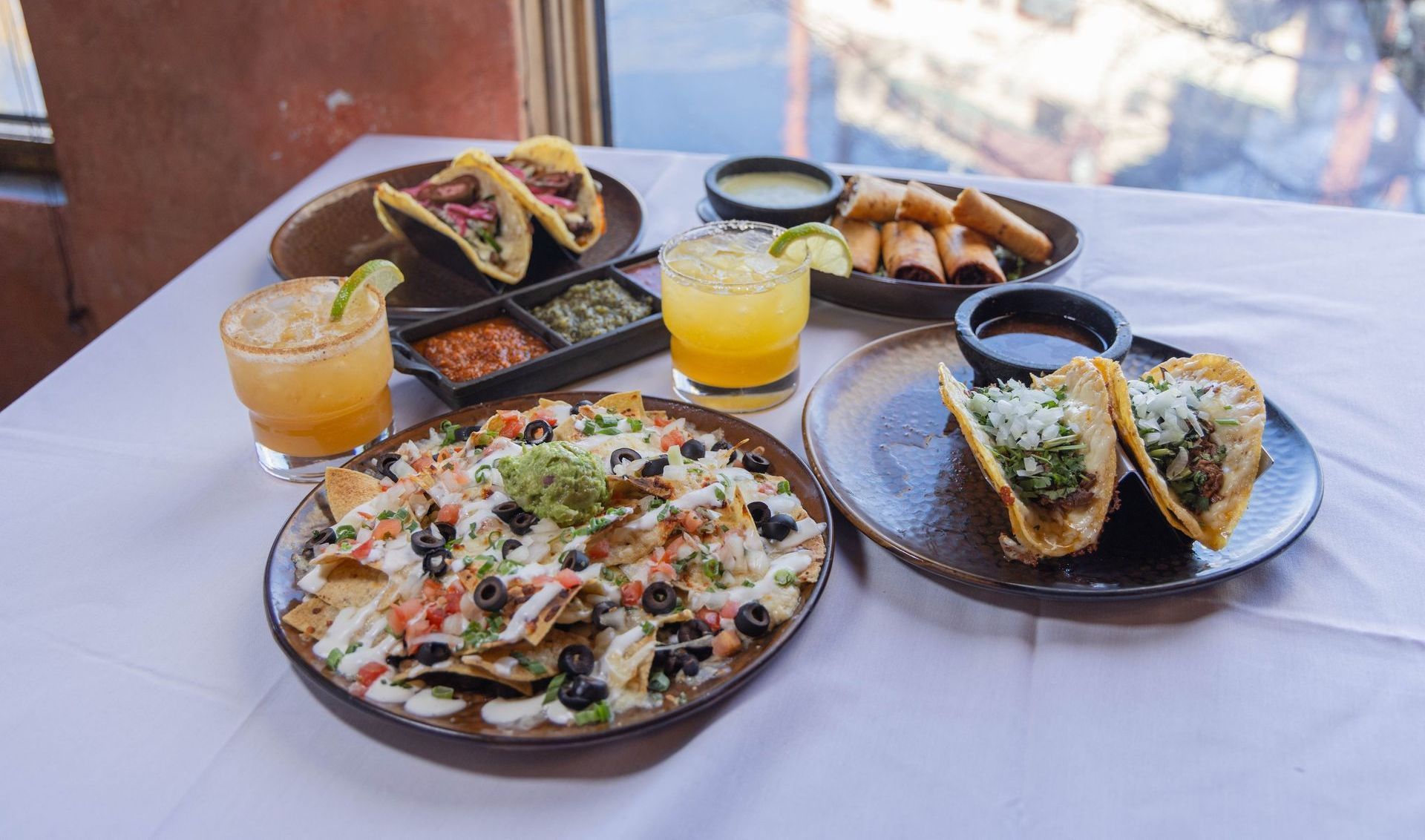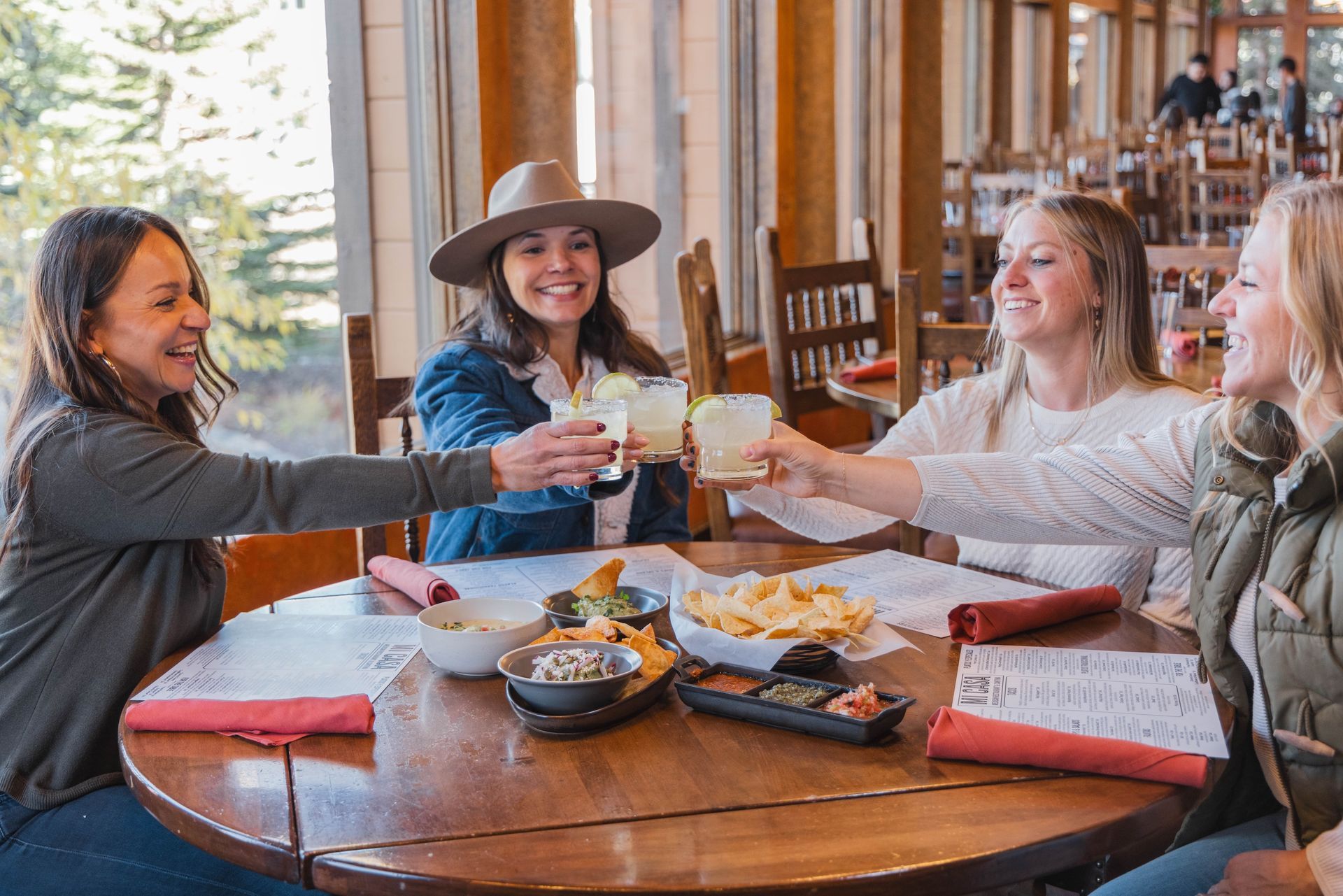What is Colorado-Style Margarita? Recipe & Guide
A Colorado-style margarita is a simple, strong drink made with silver tequila, Cointreau (orange liqueur), and fresh lime juice. Unlike sweet restaurant margs, this "coin-style" drink has no sugary mix or fancy flavors. It tastes clean, tart, and smooth – perfect for Colorado's mountain lifestyle.
This guide will teach you how to make this classic drink, why it's popular in the Rocky Mountains, and what makes it different from other margaritas. You'll also learn about fun mountain twists that Colorado bartenders love to add.
What Makes a Colorado-Style Margarita Different
The Coin-Style Foundation
A Colorado-style margarita is also called a "coin-style" or "silver coin" margarita because it uses silver tequila and Cointreau orange liqueur. This style uses blue agave tequila, orange liquor, and lime juice versus other variations of margaritas that use sweet and sour.
The name comes from using "silver" tequila (also called blanco) and Cointreau, which sounds like "coin." It's that simple! This drink became popular in Denver bars and spread across Colorado's mountain towns.
Why Colorado Loves This Style
Colorado bartenders and drinkers prefer this clean style because:
- No artificial mixes : Mountain towns value fresh, real ingredients
- Strong and simple : Perfect after a day on the slopes or trails
- Less sugar : Doesn't make you feel heavy at high altitude
- Quality ingredients : Cointreau tastes much better than cheap triple sec
Denver has become famous for its margarita scene, with restaurants like Lady Jane serving Texas-size pours and places like Dos Santos winning awards for their house margaritas.
How to Make a Colorado-Style Margarita
Basic Coin-Style Recipe
Here's the classic recipe that Colorado bars use:
Ingredients:
- 1.5 oz silver tequila (blanco)
- 0.75 oz Cointreau
- 0.5 oz fresh lime juice
- Ice
- Salt for rim (optional)
Instructions:
- Salt the rim: Run a lime wedge around your glass rim, then dip in coarse salt
- Fill cocktail shaker with ice
- Add tequila, Cointreau, and lime juice
- Shake hard for 15-20 seconds until very cold
- Strain into glass over fresh ice
- Garnish with lime wedge
This recipe yields one 4-oz. coin style margarita, but the ingredients may be doubled or tripled to make a larger batch.
The Perfect Ratio
Most bartenders use equal parts of tequila and Cointreau and a little less fresh lime juice when making a classic Margarita. The 2:1:1 ratio (2 parts tequila, 1 part Cointreau, 1 part lime) works great, but Colorado-style often uses slightly less lime for a smoother taste.
Key Tips for Success
- Use real Cointreau : Cointreau does not have that "alcohol" aftertaste, so you'll get a much better margarita compared to triple sec
- Fresh lime only : Never use bottled lime juice
- Good tequila matters : Use 100% agave silver tequila
- Shake well : 15 to 30 seconds is optimal, just shake, shake, shake
Mountain Variations Popular in Colorado
Alpine Margarita
Some Colorado restaurants add mountain flair with herbs and local touches:
The Alpine Margarita uses fresh herbs like sage and "alpine essence" to create a taste of brisk mountain air. This drink adds:
- Fresh sage leaves
- A splash of herbal liqueur
- Mountain spring water
- Sometimes local honey instead of agave
High-Altitude Adjustments
Living at elevation changes how drinks taste. Colorado bartenders often:
- Use slightly more lime for tartness
- Add a splash of sparkling water for lightness
- Serve over one large ice cube to prevent quick dilution
- Use local ingredients when possible
Après-Ski Style
Mi Casa Restaurant in Breckenridge and other mountain spots serve margaritas perfect for après-ski. Their happy hour from 3-5 p.m. every day offers the best specials in Breckenridge, with free chips and salsa.
These often include:
- Extra salt on the rim for lost electrolytes
- Slightly larger portions
- Served in sturdy glasses that won't break on outdoor patios
Why Cointreau Makes the Difference
Quality Orange Liqueur
With high-quality tequila and good ratios of ingredients, you don't need a lot of simple syrup or any at all. Cointreau provides the perfect orange flavor without being too sweet or harsh.
Regular triple sec often tastes cheap and overly sweet. Cointreau costs more but gives you:
- Smooth, clean orange taste
- No harsh alcohol burn
- Perfect balance with tequila
- Professional-quality results
Other Good Options
If you can't find Cointreau, try:
- Grand Marnier (adds cognac complexity)
- High-quality triple sec
- Controy (Mexican orange liqueur)
Colorado's Margarita Culture
Denver's Best Spots
Denver has an incredible supply of places to get the best margaritas, from Ghost Donkey's sparkly palace to Tamayo's rooftop deck perfect for enjoying the Denver skyline. Popular spots include:
- Lola (famous for coin-style)
- El Camino
- La Loma (iconic downtown location)
- Dos Santos (award-winning house margarita)
Mountain Town Favorites
Colorado's ski towns put their own spin on margaritas. Breckenridge restaurants often feature:
- Local spirits when available
- Mountain-themed presentations
- Hearty portions for active lifestyles
- Outdoor patio service with mountain views
Making Large Batches
Pitcher Recipe
For parties or groups, multiply the basic recipe:
- 6 oz silver tequila
- 3 oz Cointreau
- 2 oz fresh lime juice
- Stir in pitcher with ice
- Serves 4 people
Storage Tips
- Make the mix ahead without ice
- Add ice just before serving
- Fresh lime juice stays good for one day
- Keep ingredients cold
Common Mistakes to Avoid
Using Sweet and Sour Mix
Coin style uses blue agave tequila, orange liquor, and lime juice vs. other variations of margaritas that use sweet and sour. Never add sweet and sour mix to a Colorado-style margarita.
Wrong Proportions
Many home bartenders use too much lime juice, making the drink too sour. Start with less and add more if needed.
Cheap Ingredients
Getting the cheap stuff will result in a cheap margarita without the good flavor. Invest in good tequila and real Cointreau.
Over-Dilution
Don't let the drink sit too long on ice. Serve immediately after making.
Health and Nutrition
Calorie Content
A typical Margarita cocktail (approximately 77 grams) can contain around 200 calories. Colorado-style margaritas are actually lower in calories than sweet restaurant versions because they have no added sugar.
High-Altitude Considerations
At Colorado's elevation, alcohol affects you faster. Always:
- Drink plenty of water
- Eat food with your drinks
- Know your limits at altitude
- Never drink and drive in mountain conditions
Pairing with Colorado Food
Perfect Matches
Colorado-style margaritas pair beautifully with:
- Mexican food from local Breckenridge restaurants
- Green chile dishes
- Grilled meats
- Spicy foods
- Authentic tacos
Local Ingredients
Some Colorado restaurants add local touches:
- Palisade peach puree (seasonal)
- Local honey instead of agave
- Colorado-grown herbs
- Rocky Mountain spring water
History and Origins
The Coin-Style Evolution
The coin-style margarita became famous at restaurants like Dos Santos in Denver, which serves a Tommy's house margarita with high-quality Arette tequila. This style evolved from bartenders wanting to make better drinks than the sweet, artificial mixes popular elsewhere.
Colorado Connection
Colorado's love for this style comes from:
- Mountain town appreciation for quality
- Outdoor lifestyle needing clean, refreshing drinks
- Proximity to Mexico and authentic ingredients
- Craft beverage culture (like craft beer)
Seasonal Variations
Winter Warmers
Some Colorado bars serve slightly different versions in winter:
- Room temperature ingredients
- Less ice to prevent quick chilling
- Warmer spices like cinnamon on the rim
Summer Refreshers
Mountain summer variations might include:
- Extra ice for hot days
- Fresh herbs from local gardens
- Lighter, more refreshing presentations
- Patio service with mountain views
Equipment You Need
Basic Bar Tools
- Cocktail shaker
- Jigger for measuring
- Fine-mesh strainer
- Rocks glasses
- Small plates for salt
Pro Tips
- Chill glasses in freezer beforehand
- Use fresh ice for each drink
- Clean shaker between batches
- Keep ingredients cold
Final Thoughts
A Colorado-style margarita brings the clean, fresh taste of the Rocky Mountains to your glass. By using quality silver tequila, real Cointreau, and fresh lime juice, you get a drink that's both strong and smooth – perfect for Colorado's active lifestyle.
Whether you're planning a trip to Breckenridge , hosting friends at home, or just want to try something better than restaurant chains, this coin-style recipe will give you an authentic taste of Colorado's mountain culture.
The key is keeping it simple, using good ingredients, and not adding unnecessary sugar. That's the Colorado way – natural, straightforward, and perfect for any altitude.
Ready to make your own Colorado-style margarita? Grab some good tequila, real Cointreau, fresh limes, and start shaking. Your taste buds will thank you, and you'll understand why this style became so popular in the Rocky Mountain State.
